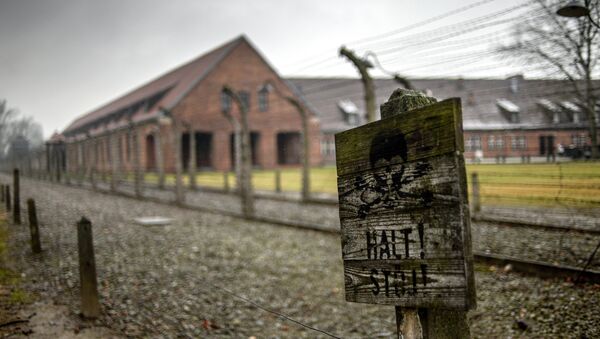The new virtual reality death camp model will answer all these questions with regard to each of the former Auschwitz guards who are still alive and expected to face prosecution. Some suspects claimed that they didn't actually know about the mass killings at the camp. The model represents the camp in digital form and reconstructs every minute detail. The goal of the project is to help punish the Auschwitz staff responsible for the mass killings during the Nazi regime.
The initiative has been organized by digital imaging expert Bavarian State Criminal Investigation Office (LKA), Ralf Breker. Breker used thousands of blueprints from Auschwitz archives as well as laser landscape scans he made at the camp s few years ago to make the model as precise as possible.
"As I know there has been no accurate model of Auschwitz-Birkenau so far," Breker said, cited by Berliner Zeitung. "We use the most advanced virtual reality glasses that are currently available on the market. If I zoom [the picture], I will be able to see the smallest details," he added.
The model gives prosecutors, judges and attorneys a scary, real impression of the camp: they can watch a queue of virtual prisoners marching by and see if the trees (all of them are also represented by the model) could have concealed the view for the guards.
"Thus, a 3D model of course has a much better overview than a 2D plan and can reconstruct what, for example, a security guard could see from the tower and what not," Breker said.
Auschwitz-Birkenau was one of the so-called death camps built by Nazi Germany specifically to exterminate people. Some 1.4 million, 1.1 million of them Jews, were killed at Auschwitz between 1941-1945. Other victims included non-Jewish Poles, gypsies and Soviet prisoners.



